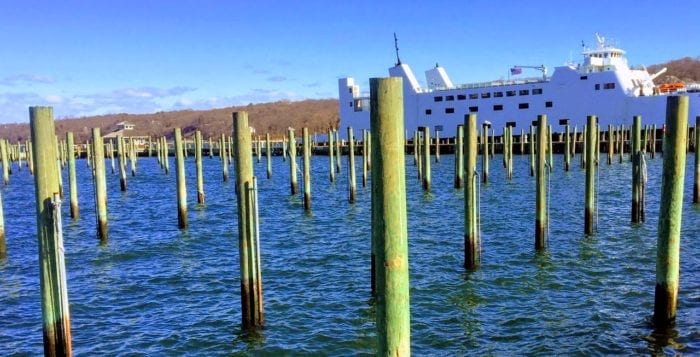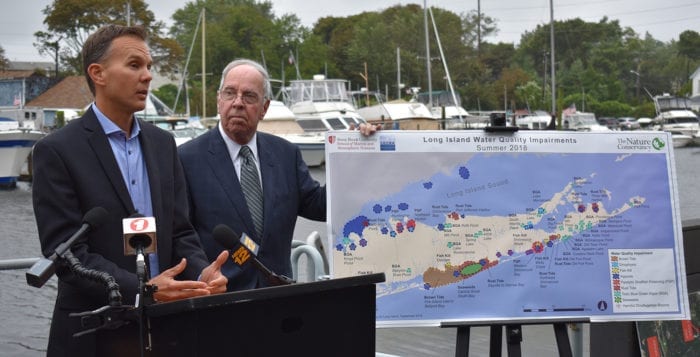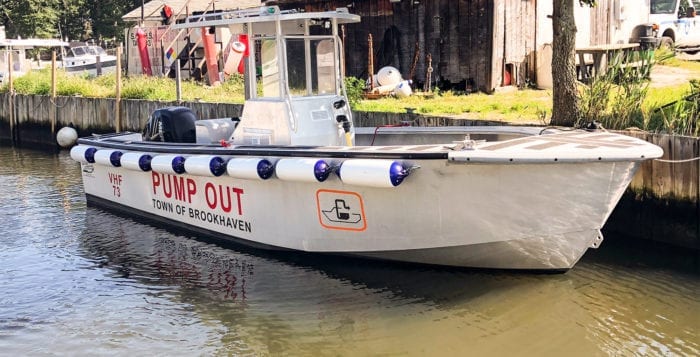There are monsters off the coast of the North Shore, but not the kind with purple tentacles and razor teeth. Some are man made.
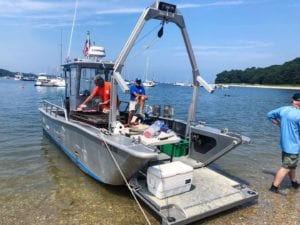
The nonprofit Coastal Steward Long Island has been hosting underwater cleanups in Port Jefferson Harbor for the past three years. This is amongst its other activities being the steward of the Town of Brookhaven’s Mariculture Facility in Mount Sinai while hosting beach cleanup brigades and educational seminars for adults and kids alike. But the nonprofit’s volunteers have been looking for a deeper clean beyond the shore.
Ashly Carabetta, executive director for Coastal Steward, said the garbage one sees when relaxing on the sandy shore is only a small part of the debris that sits in the ocean.
“This is our effort to go beyond the regular beach cleanup and extend it to underwater,” she said. “The trash that you see on the shoreline goes far beyond what is there.”
Deeper into the water many of the heavier objects have no chance to wash up on shore. Denis Mellett, president of the Coastal Steward’s board, is a local diver and dive instructor. He has assisted with diving cleanups all around Long Island, but said they chose Port Jefferson Harbor for their close working connection with the village. Other municipalities on Long Island, he said, can be hesitant to allow these cleanups when they could be liable for the divers well-being.
The board president said most people rarely think about what garbage has sunk to the bottom of the water. The rest of the garbage is often located closer to the shore underwater.
“The only stuff you often see or think about is stuff that floats,” Mellett said. “Typically, closer to shore is where you find the vast bulk of that debris.”
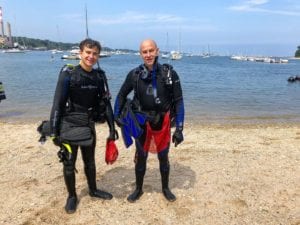
The first cleanup took place in 2017, but last year the group had to cancel due to inclement weather. During the last underwater cleanup, which took place Aug. 18, 27 divers splashed underwater, going down to about 20 feet below the surface. Many were Coastal Steward board members.
“Divers tend to be very conscious of the environment, because it’s where we spend our time,” he said. “It’s like hikers. Hikers tend to take care of the woods, divers tend to take care of the ocean.”
In past underwater dives, the group has come up with umbrellas and engine parts, and they have even found soda and milk bottles from all the way back to the 1940s. One memorable piece of debris was a 10-foot rolled-up rug that Carabetta found at the bottom of Port Jefferson Harbor. At the time, some feared what they might find rolled up in such a large rug, but they were relieved to find nothing inside.
Much of the debris, like small boats or parts of engines, actually become part of the marine life’s habitat, so they don’t remove it. However, they also find parts such as vehicle batteries, which can release toxic materials into the water. Objects like those are especially what the Coastal Steward looks for in these underwater cleanups.
“Typically, it’s down there until it’s buried in sand or silt, or a diver goes in there and brings it up,” Mellett said.
Despite what may come out of the harbor during these dives, Mellett said the true purpose is to gather interest in doing their regular beach cleanups and as part of their educational services, especially trying to get people to be more conscious of what and where they toss away.
“You can clean the beach every single day but as the tide goes in and out it brings in more garbage,” he said. “The only way you can make a significant dent is if you can keep the garbage out of the water in the first place.”
The Coastal Steward is hosting its largest beach cleanup of the year Sept. 21 at the far side Pirate’s Cove in Port Jefferson. The organization will be using its boat to take people up to that area, and if they gather enough volunteers, they will take people further up, across to the western side of McAllister Park. Volunteers will meet at Anchorage Road South in Belle Terre village at 8:30 a.m. before marshaling out. People can visit www.coastalsteward.org or call 631-941-6528 for more information.

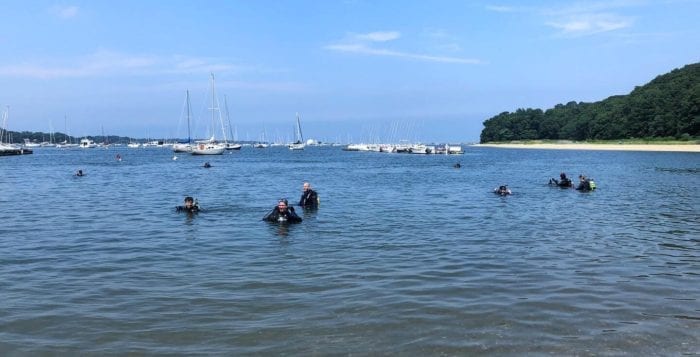


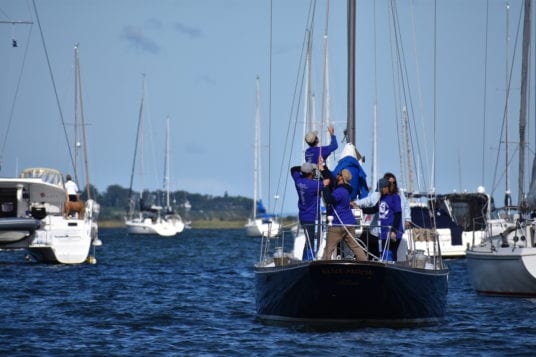
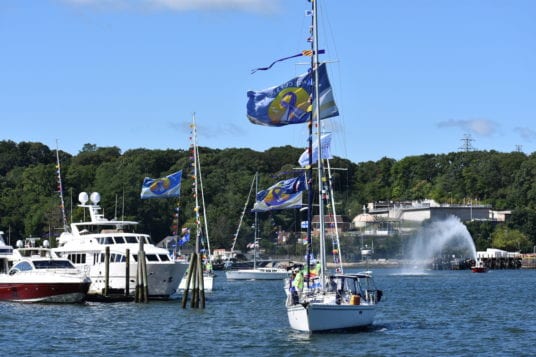
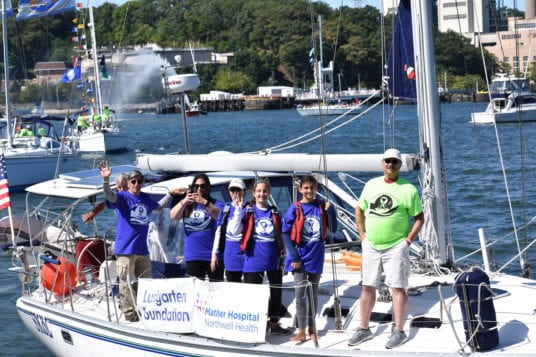
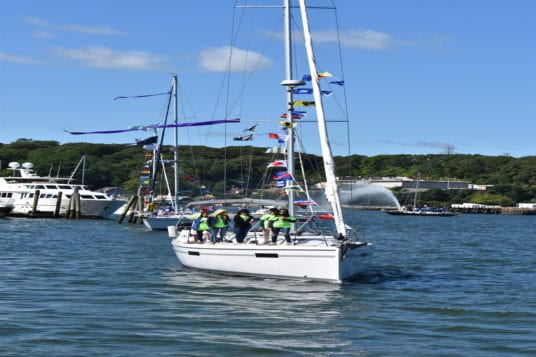


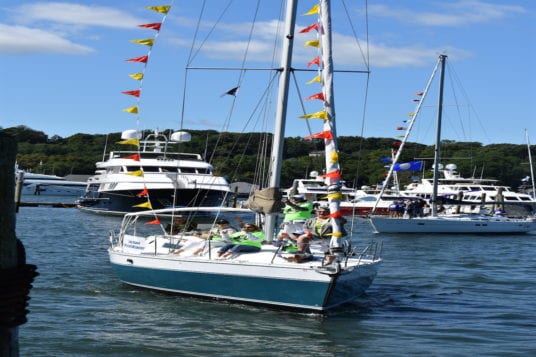
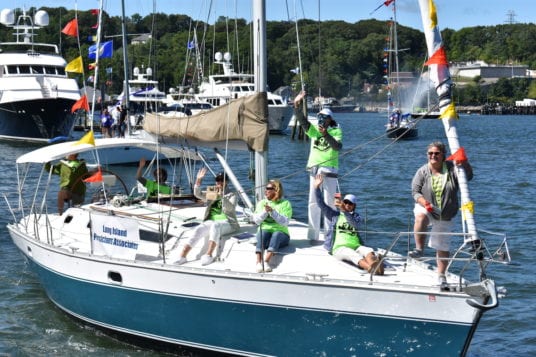
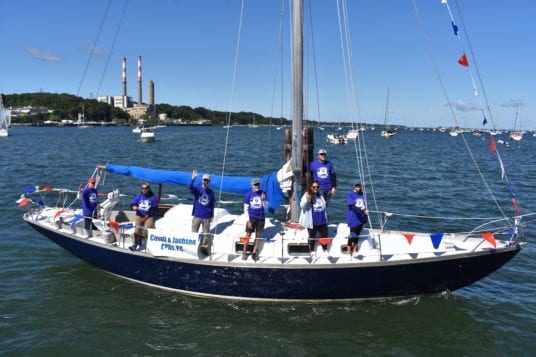
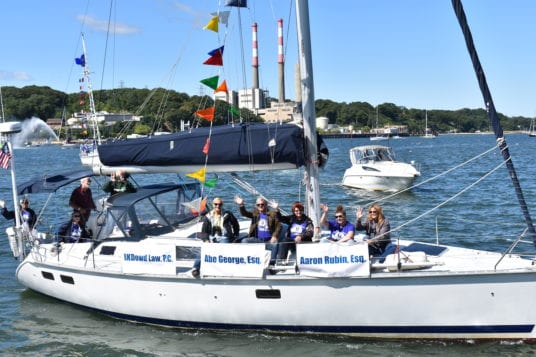
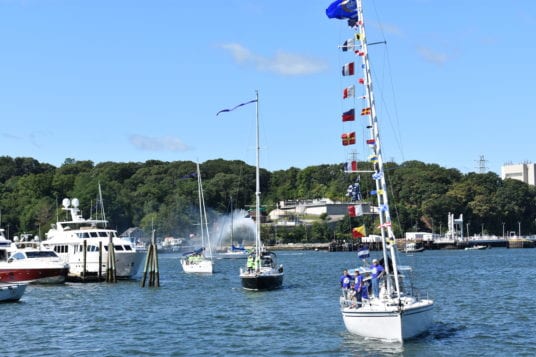
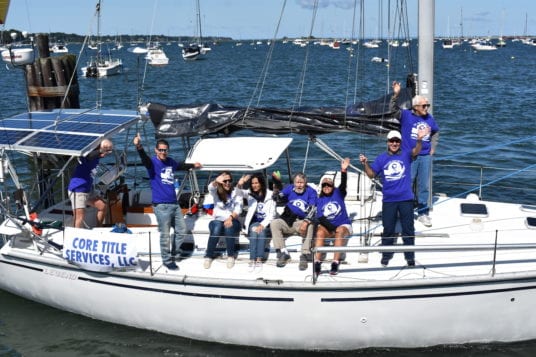
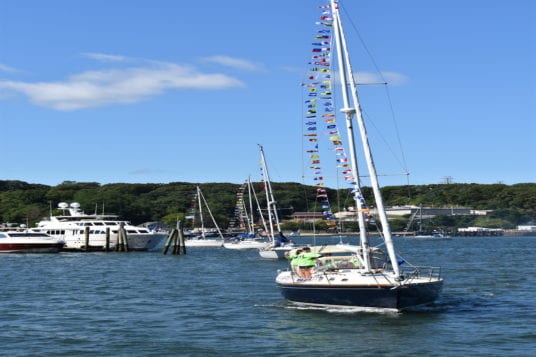
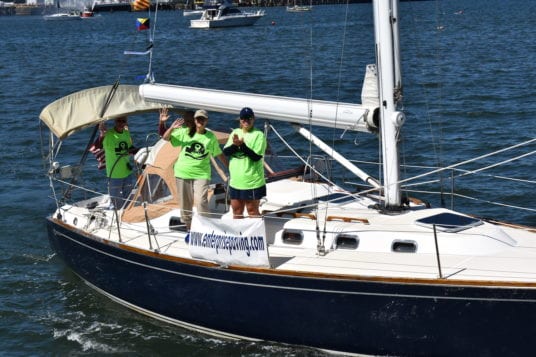
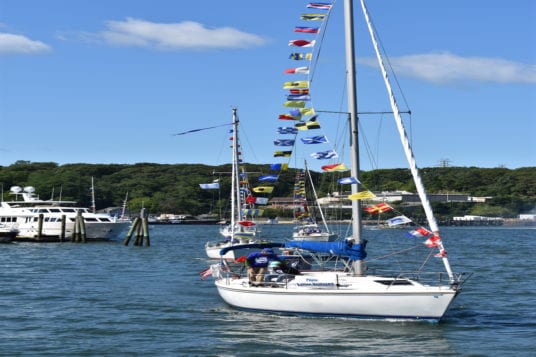
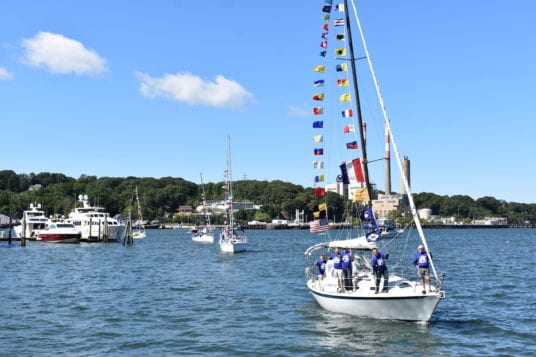

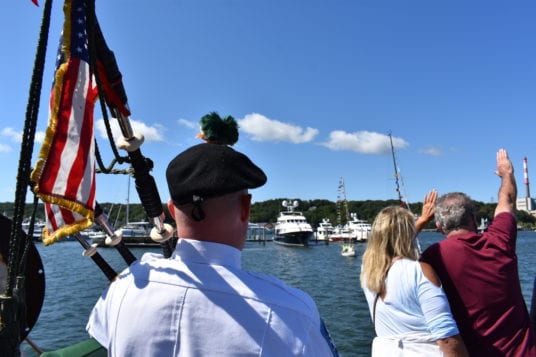
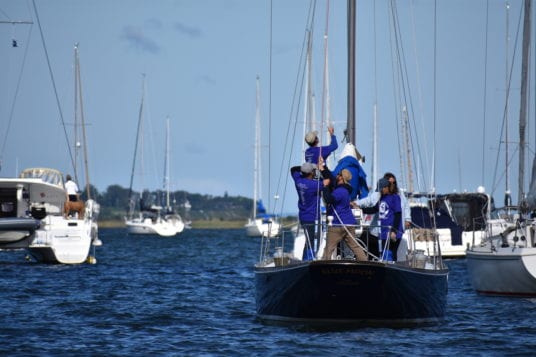
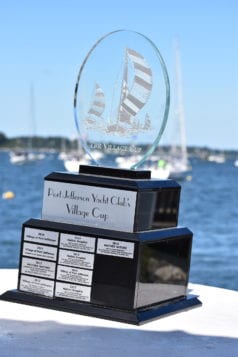
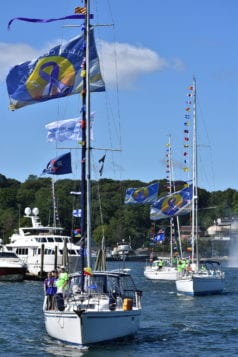
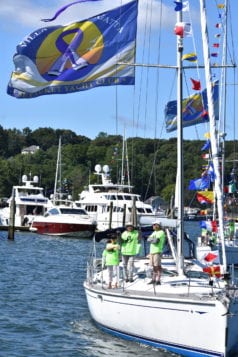
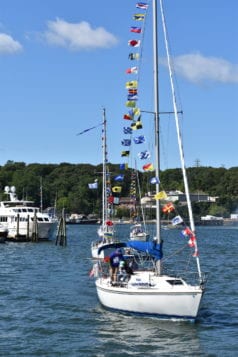
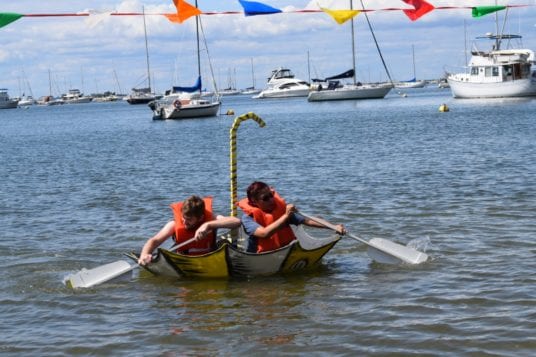
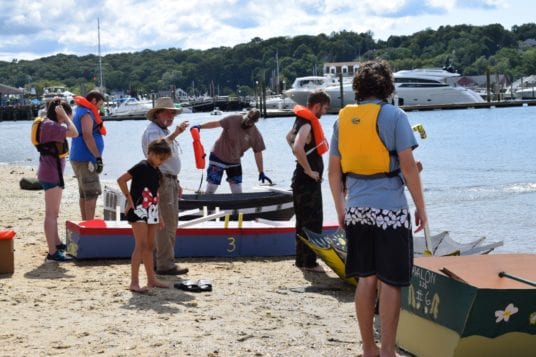
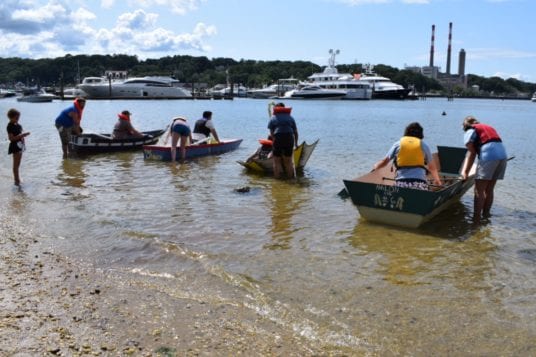
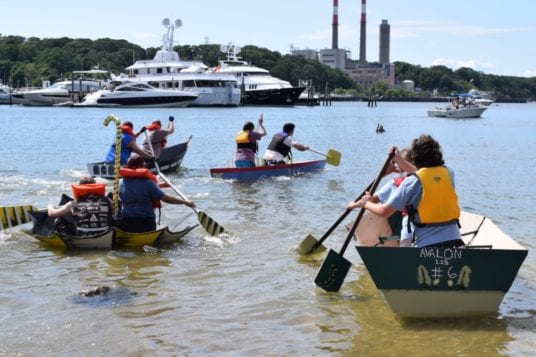
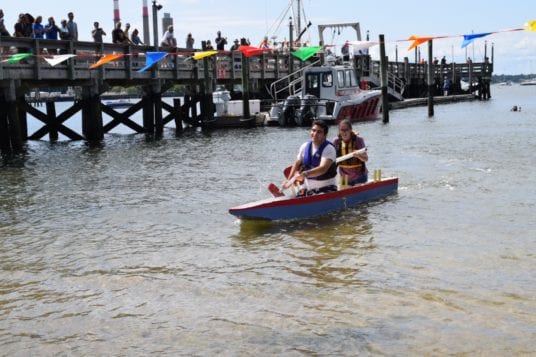
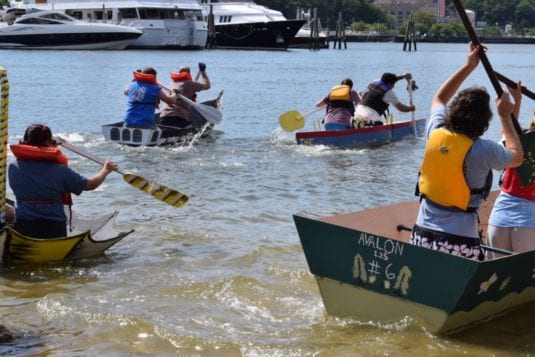
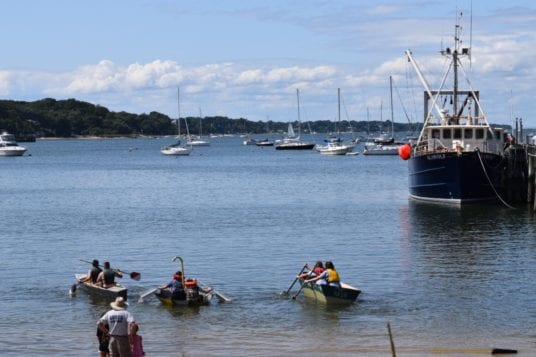
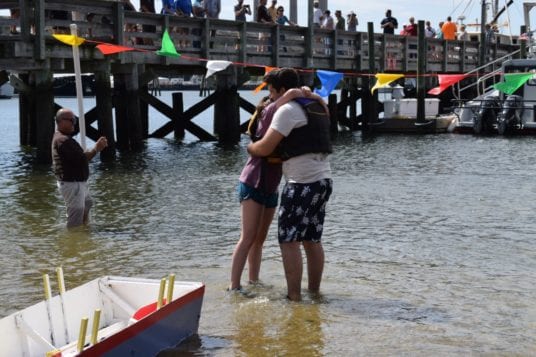
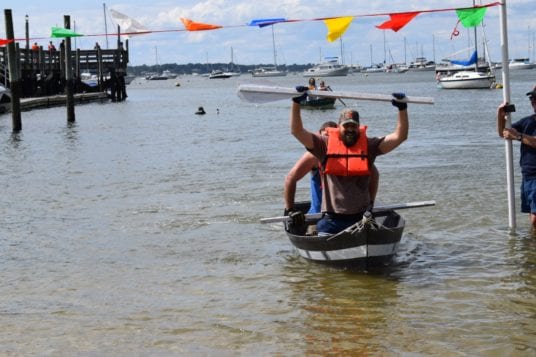
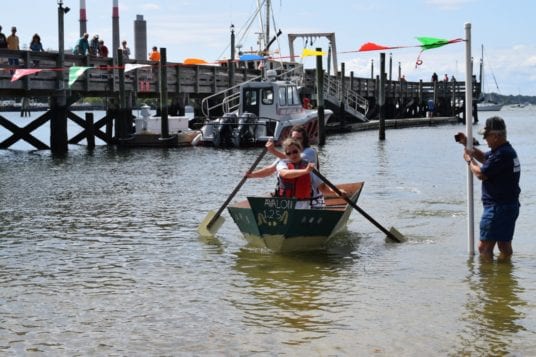
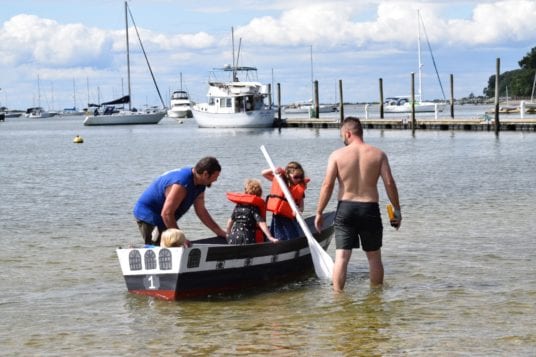
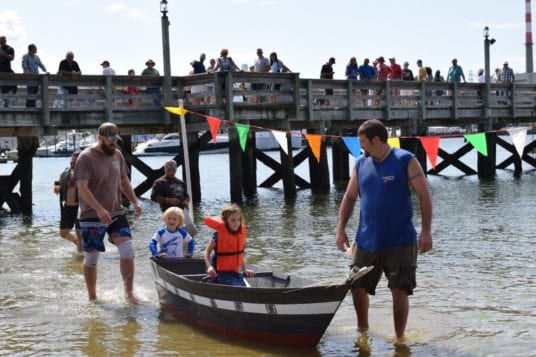

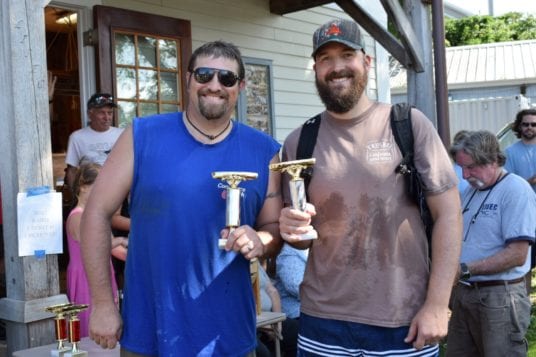
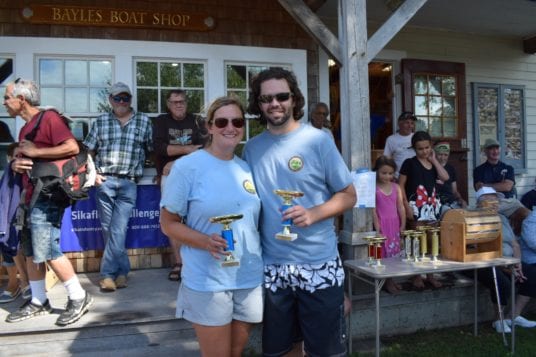
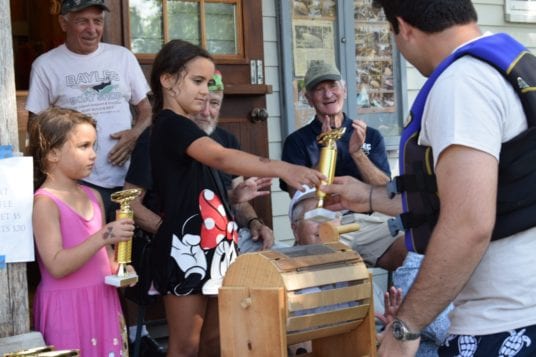


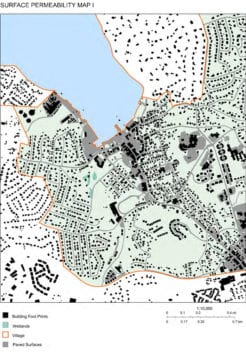
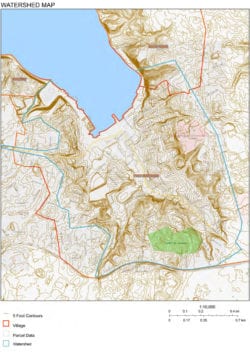



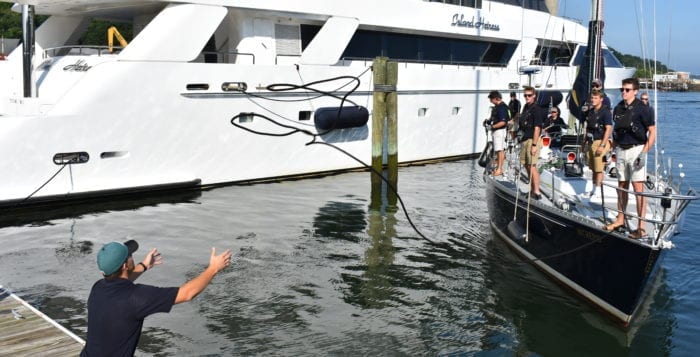
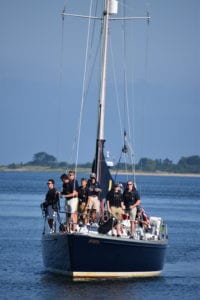
 Two women allegedly climbed over the fence at Port Jefferson Marina on West Broadway and untied two boats sometime between April 25 at 6 p.m. and April 26 at 7 a.m.
Two women allegedly climbed over the fence at Port Jefferson Marina on West Broadway and untied two boats sometime between April 25 at 6 p.m. and April 26 at 7 a.m.